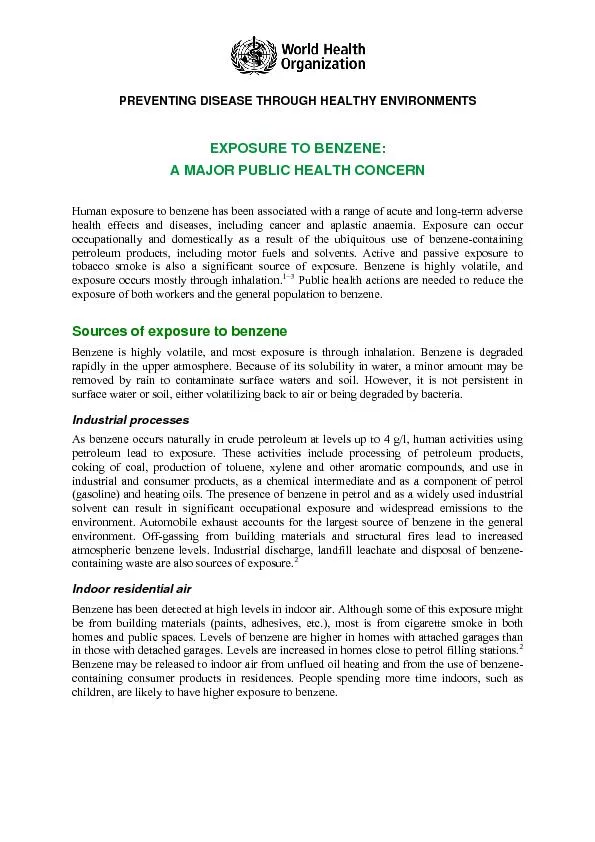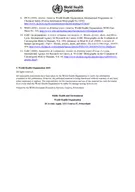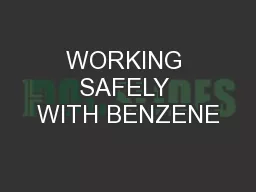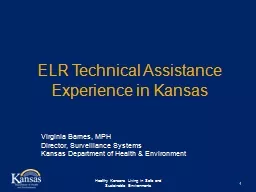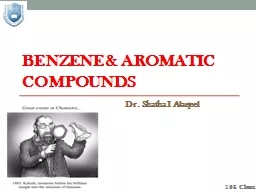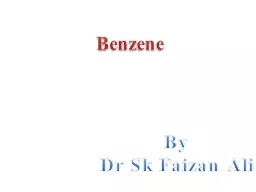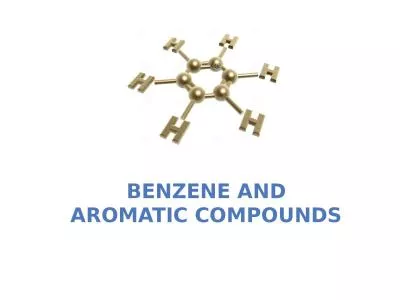PDF-PREVENTING DISEASE THROUGH HEALTHY ENVIRONMENTS EXPOSURE TO BENZENE: A
Author : marina-yarberry | Published Date : 2016-03-03
Benzene has been measured in air inside vehicles at levels higher than those in residential air zene contributes only a small peintake in nonsmoking adultsWorld
Presentation Embed Code
Download Presentation
Download Presentation The PPT/PDF document "PREVENTING DISEASE THROUGH HEALTHY ENVIR..." is the property of its rightful owner. Permission is granted to download and print the materials on this website for personal, non-commercial use only, and to display it on your personal computer provided you do not modify the materials and that you retain all copyright notices contained in the materials. By downloading content from our website, you accept the terms of this agreement.
PREVENTING DISEASE THROUGH HEALTHY ENVIRONMENTS EXPOSURE TO BENZENE: A: Transcript
Download Rules Of Document
"PREVENTING DISEASE THROUGH HEALTHY ENVIRONMENTS EXPOSURE TO BENZENE: A"The content belongs to its owner. You may download and print it for personal use, without modification, and keep all copyright notices. By downloading, you agree to these terms.
Related Documents

